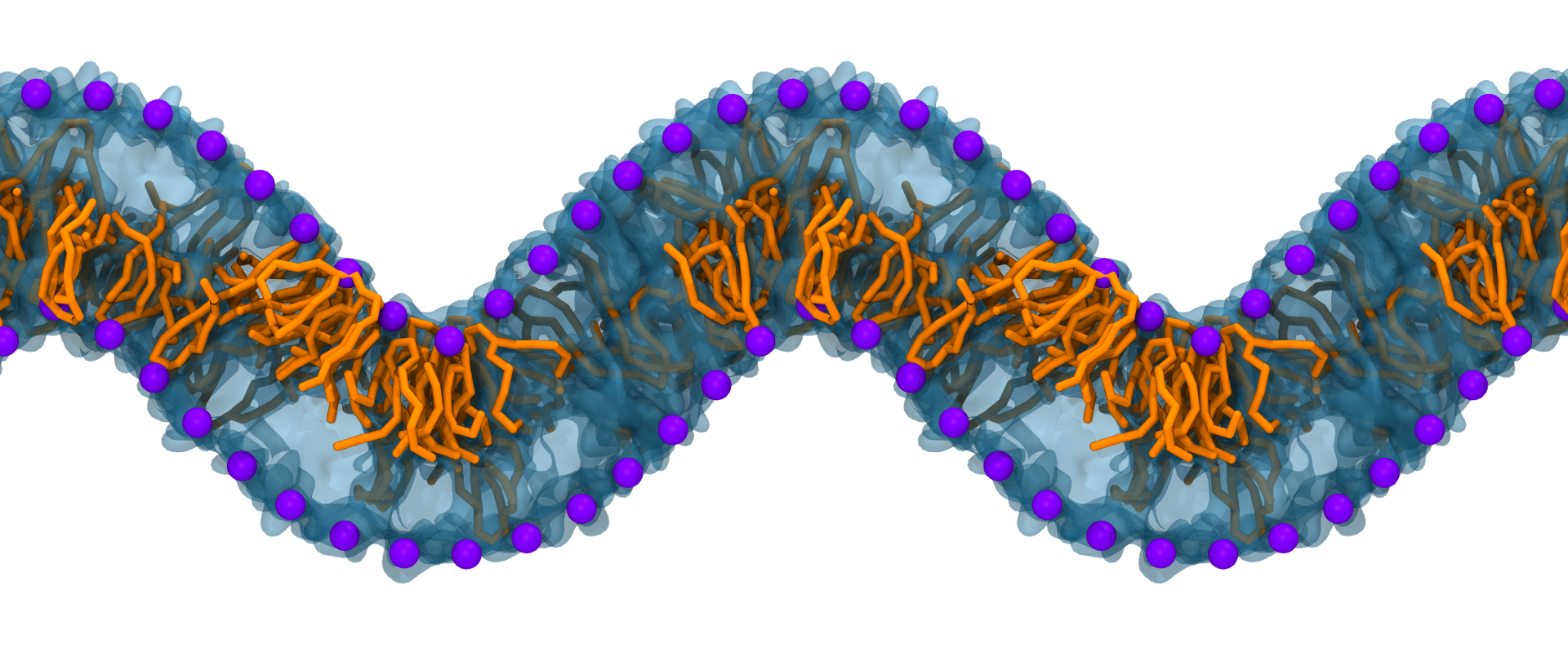Cellular membrane remodelling – how changing form creates function

Biological membranes can adopt a large diversity of intricate and beautiful morphologies which are the result of highly dynamic structures each with an adaptable molecular composition of lipids and proteins. Membranes are fundamental for the generation of complex cellular architectures in eukaryotes, which have enabled, for example, the high degree of specialisation into hundreds of different cell types and functions in the human body. Accordingly, membrane remodelling, which is the process of changing the composition or configuration of biological membranes, generates cell architecture and governs cell physiology. Every cellular membrane is subject to remodelling and the vast variety of differentially remodelled membranes is tightly linked to a biological function. The maxim 'form follows function' has been used in biology to explain that, in the course of evolution, the functional needs of an organism dictate its body shape. In the context of cellular architectures, the relationship between form and function is an inherently dynamic regulatory feedback cycle, because membrane remodelling is a powerful mechanism to generate new biological activities. Hence, changing form creates function.
Membrane remodelling can take from milliseconds to days and can occur on different spatial scales ranging from single molecules to micrometre-sized assemblies, making it a true multi-scale process. Not surprisingly, many different contexts and mechanisms have been described, in which cells remodel their membranes, often to create distinct membrane domains to regulate physiological processes. The molecular mechanisms, however, of most membrane remodelling processes are only partially understood or still entirely unknown. The overarching general principles of membrane remodelling are yet to be established and a comprehensive logical framework of how cells use these common principles to generate specific functions is missing.



